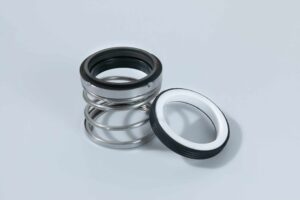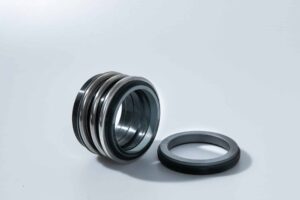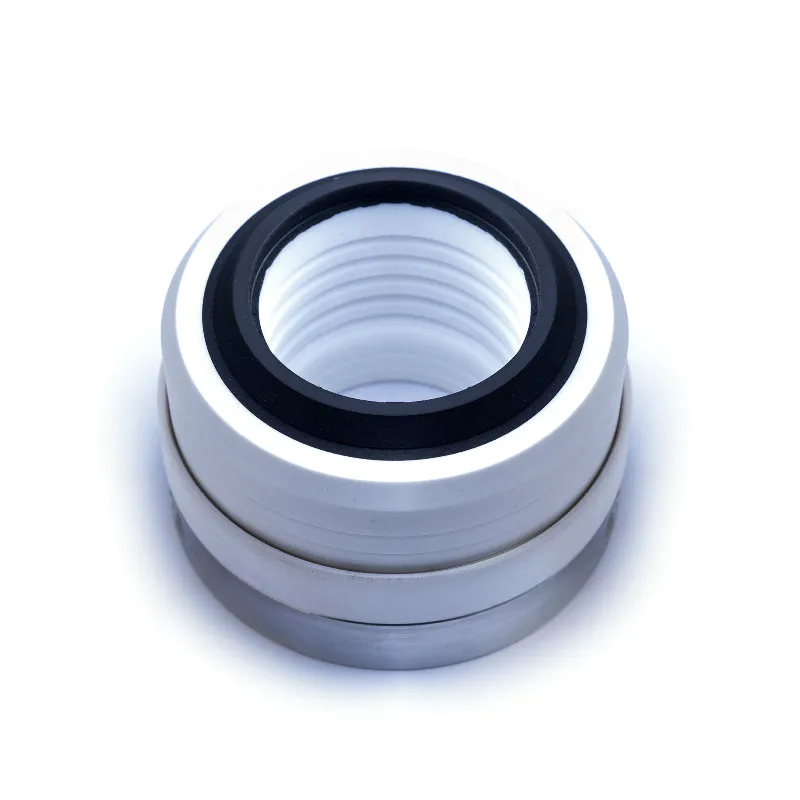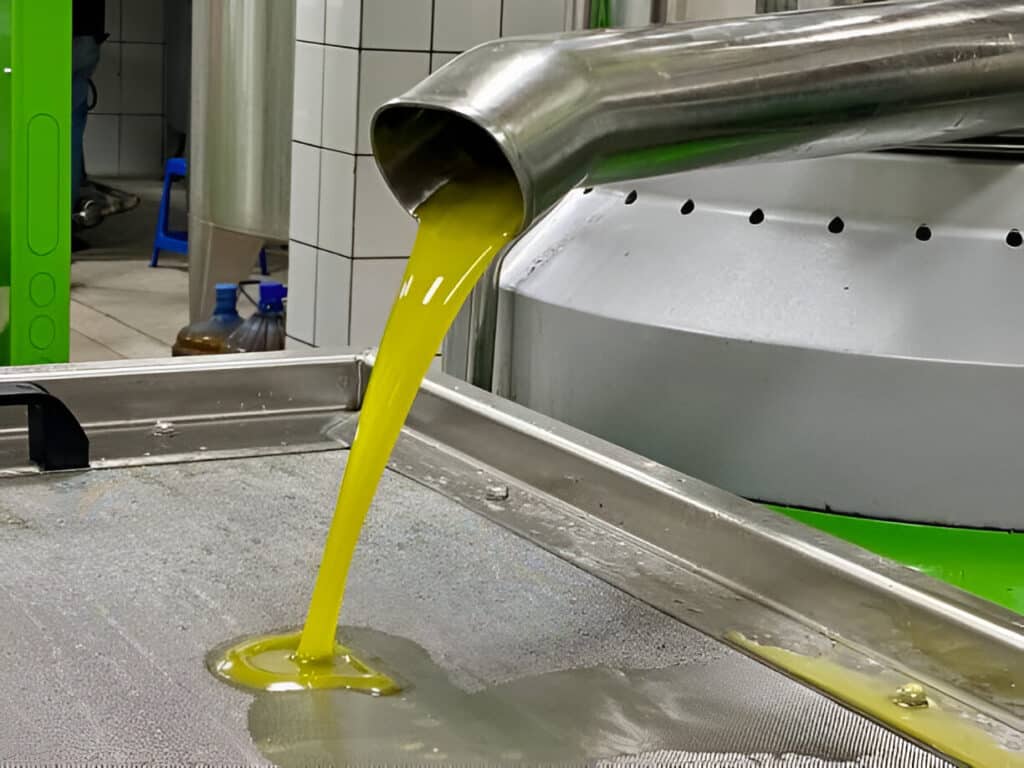You’ve likely heard of fluids that seem to defy the laws of physics – liquids that suddenly solidify when struck or gels that flow freely until shaken. These strange substances, known as non-Newtonian fluids, behave quite differently from the familiar fluids we encounter daily. As scientists and engineers uncover more about these peculiar materials, their applications in fields from aerospace to medicine continue to expand.
In this comprehensive guide, we’ll dive into the fundamentals of non-Newtonian fluid mechanics. We’ll explore what sets them apart from conventional fluids, the different types of non-Newtonian behavior, and everyday examples you may recognize.

What Is Non-Newtonian Fluids
Non-Newtonian fluids are a class of fluids that exhibit unique behavior compared to their Newtonian counterparts. Unlike Newtonian fluids, which have a linear relationship between shear stress and shear rate, non-Newtonian fluids deviate from this linearity. This means that their viscosity, or resistance to flow, changes depending on the applied stress or the duration of the stress.
The term “non-Newtonian” encompasses a wide range of fluid behaviors that do not follow Newton’s law of viscosity. This law states that the shear stress (τ) is directly proportional to the shear rate (γ), with the proportionality constant being the viscosity (μ). Mathematically, this relationship is expressed as:
τ = μγ
However, non-Newtonian fluids do not obey this simple linear relationship. Their viscosity can increase (shear-thickening) or decrease (shear-thinning) with increasing shear rate, or they may exhibit time-dependent behavior, such as thixotropy or rheopexy.
How Non-Newtonian Fluids Work
The unique behavior of non-Newtonian fluids arises from their complex microstructures. These fluids often contain suspended particles, long-chain molecules, or entangled polymers that interact with each other and the surrounding fluid in intricate ways.
When a non-Newtonian fluid is subjected to shear stress, the microstructure undergoes changes that affect the fluid’s viscosity. For example:
- In shear-thickening fluids, the particles or molecules may form temporary clusters or chains that resist flow, increasing the viscosity.
- In shear-thinning fluids, the applied stress can cause the molecules to align or disentangle, reducing the viscosity.
- Time-dependent fluids may exhibit a breakdown (thixotropy) or buildup (rheopexy) of their microstructure over time, leading to changes in viscosity.
The specific behavior of a non-Newtonian fluid depends on factors such as the size, shape, and concentration of the suspended particles, as well as the interactions between them and the surrounding fluid.
Newtonian vs. Non-Newtonian fluids
| Property | Newtonian Fluids | Non-Newtonian Fluids |
|---|---|---|
| Viscosity | Constant | Variable |
| Shear Stress vs. Shear Rate | Linear relationship | Non-linear relationship |
| Examples | Water, honey, oil | Ketchup, toothpaste, blood |
| Flow Behavior | Predictable | Complex and dependent on shear rate or time |
| Microstructure | Simple, homogeneous | Complex, often contains suspended particles or polymers |
Types of Non-Newtonian Behavior
Non-Newtonian fluids can be broadly classified into two categories based on their response to applied stress: stress-dependent fluids and time-dependent fluids.
Stress-Dependent Fluids
Stress-dependent fluids exhibit a change in viscosity as a function of the applied shear stress. There are two main types of stress-dependent non-Newtonian fluids:
- Shear-Thickening (Dilatant) Fluids: These fluids experience an increase in viscosity with increasing shear rate. A classic example is a mixture of cornstarch and water, often referred to as “oobleck.” When subjected to sudden stress, such as stirring or impact, the fluid becomes more resistant to flow, almost appearing solid. This behavior is attributed to the formation of temporary particle clusters that impede flow.
- Shear-Thinning (Pseudoplastic) Fluids: In contrast to shear-thickening fluids, shear-thinning fluids exhibit a decrease in viscosity with increasing shear rate. Many common substances, such as ketchup, paint, and shampoo, fall into this category. At rest, these fluids have a higher viscosity, but as shear stress is applied (e.g., squeezing a ketchup bottle), the viscosity decreases, allowing the fluid to flow more easily. This behavior is often due to the alignment or disentanglement of long-chain molecules under shear.
Time-Dependent Viscosity
Time-dependent non-Newtonian fluids display a change in viscosity over time when subjected to a constant shear rate. There are two primary types of time-dependent non-Newtonian behavior:
- Thixotropic Fluids: Thixotropic fluids experience a decrease in viscosity over time when subjected to a constant shear rate. This behavior is reversible, meaning that the fluid will regain its original viscosity once the shear stress is removed. A common example of a thixotropic fluid is yogurt. When stirred, yogurt becomes less viscous and flows more easily, but it will gradually regain its thickness once left undisturbed. Thixotropy is often attributed to the breakdown of microstructural interactions under shear.
- Rheopectic Fluids: Rheopectic fluids, also known as anti-thixotropic fluids, exhibit the opposite behavior of thixotropic fluids. These fluids experience an increase in viscosity over time when subjected to a constant shear rate. Rheopectic behavior is less common than thixotropy and is often observed in certain types of gels and suspensions. An example of a rheopectic fluid is a suspension of gypsum in water. When sheared, the gypsum particles form interconnected networks, increasing the viscosity of the suspension.
Everyday Examples of Non-Newtonian Fluids
Non-Newtonian fluids are more common in our daily lives than one might think. Here are some everyday examples:
- Ketchup: Ketchup is a shear-thinning fluid. When you tap the bottom of a ketchup bottle, you are applying a sudden shear stress, which causes the ketchup to thin and flow out of the bottle more easily.
- Toothpaste: Toothpaste is another example of a shear-thinning fluid. It is thick and viscous when squeezed out of the tube, but it thins and spreads easily when brushed over teeth.
- Blood: Blood is a complex non-Newtonian fluid that exhibits shear-thinning behavior. This property allows blood to flow efficiently through the narrow capillaries of the body.
- Paint: Many paints are shear-thinning fluids. They are thick when applied with a brush or roller but thin out and level smoothly when spread over a surface.
- Quicksand: Quicksand is a shear-thickening fluid. When agitated, the sand particles lock together, increasing the viscosity and making it difficult to escape.
- Cornstarch and water mixture: Often referred to as “oobleck,” this mixture is a classic example of a shear-thickening fluid. It behaves like a liquid when stirred slowly but solidifies when subjected to sudden impact.
- Silly Putty: Silly Putty is a viscoelastic material that exhibits both fluid and solid properties. It can flow slowly under its own weight but will bounce like a solid when dropped.
- Mayonnaise: Mayonnaise is a shear-thinning fluid that also exhibits thixotropic behavior. It is thick and viscous when at rest but thins out and spreads easily when stirred or sheared.





